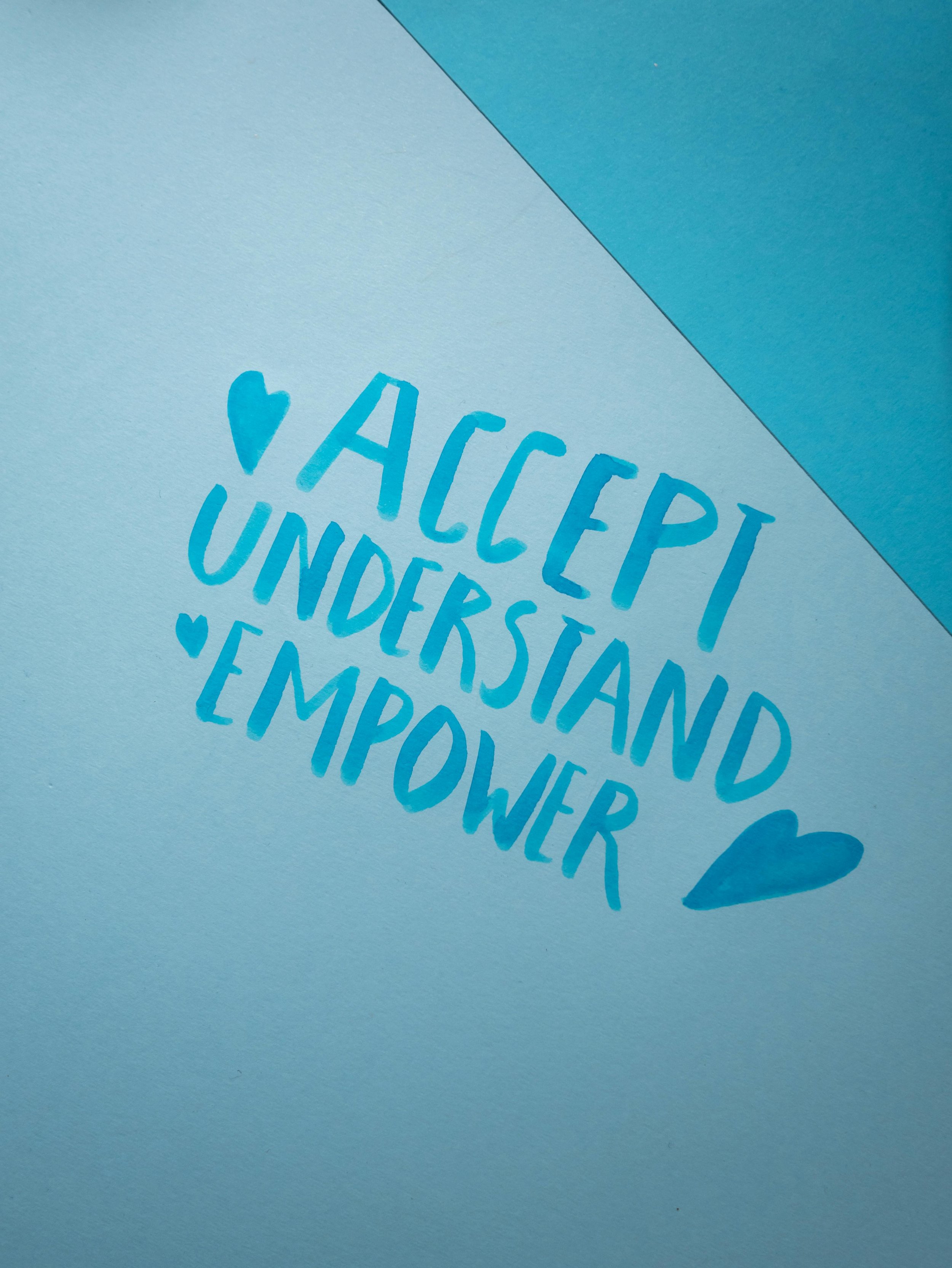Autism and Neurodiversity: The Importance of Awareness
By Dr. Marina Heifetz
April is Autism Awareness month, providing us with an opportunity for further dialogue and understanding of what autism is and is not.
What is autism?
The concept of autism has evolved over the subsequent decades. The DSM-5-TR (most up-to-date diagnostic manual), made significant changes to the diagnostic criteria of autism, adopting the umbrella term autism spectrum disorder (ASD) to describe three previously separate disorders: autistic disorder (also referred to as classic autism); Asperger syndrome (also known as Asperger’s syndrome or simply Asperger’s); and pervasive developmental disorder not otherwise specified (PDD-NOS).
It is important to know that the autism spectrum is wide, meaning that every autistic individual differs greatly in their abilities. Autistic individuals experience social and communication skills, as well as sensory processing, differently. For instance, while they often recognize emotions in others, they may have difficulty filtering and making meaning of emotional information. This can lead to confusion, frustration, or dysregulation. ASD is, essentially, a neurodiverse way of thinking.
Language matters
During my graduate school training, the language that was emphasized and taught was to say “person with autism.” Now, however, the autism community has highlighted a great preference for the use of “autistic person” instead. Nevertheless, this use of language varies and it is always best to check in with the individual about their preference.
Females and autism
While the male-to-female ratio in autism is approximately 3:1, recent research has increasingly found that autism presents differently in females and may be camouflaged or masked, which has impacted these statistics. As a result, autistic females are diagnosed later than males, which creates a challenge for these women's ability to access supports earlier on. Recent research by Tint and colleagues has found autistic women to have higher rates of physical and mental health challenges, as well as greater likelihood of experiencing assault. This understanding and awareness highlights the importance of early assessment, diagnosis, and support.
What is helpful?
Awareness of what autism is and what it is not is key. Acknowledging that autistic individuals understand the world and process information differently can help foster acceptance and flexibility for different learning approaches. In working with children and youth, I find books can be a helpful way to support education and understanding of autism and neurodiversity. A new favourite book of mine is the Wonderfully Wired Brains, which explores in-depth the different ways of thinking as well as the amazing and unique strengths that neurodiverse individuals have. For teens, there are also some wonderful graphic novels with autistic characters, such as Speak Up, that bring to light some of the challenges that autistic people may face and the amazing and unique strengths they possess. For older youth and adults, Temple Grandin has written some beautiful books, including Thinking in Pictures: My Life with Autism and The Autistic Brain.
In the past, therapeutic approaches often required autistic individuals to change themselves to “fit in.” Thanks to increased research and awareness, current therapeutic approaches have increasingly emphasized supporting individuals’ growth and values through teaching skills while building on strengths. Increasingly, autism-led peer support groups have become available for offering a safe, comfortable space for autistic people to feel emotionally, socially, and educationally supported. While research is still in its beginning stages on the effectiveness of these spaces, it is clear that these spaces can be a rich source of support and acceptance for autistic people.
All in all, it is important to remember that while there are many challenges that neurodivergent people experience, including difficulties in social relationships and systemic barriers, these individuals also carry many strengths (e.g., creativity, detail oriented thinking). These strengths should be identified and built upon to support and to carve out a path for autistic people to be themselves.


